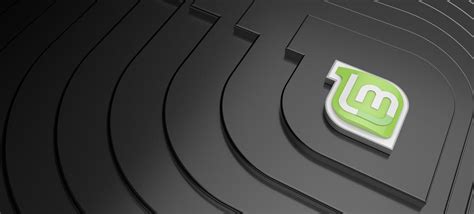
Linux Mint: Better Privacy, Cost, and Performance for Your Old Windows Computer
Last week, Windows 10 users faced a dilemma: transition to Windows 11 and potentially purchase a new computer, or embrace the growing Linux community. Personally, I’ve been using Linux as my primary operating system for over two decades and have been an advocate for it ever since.
Just last week, I was helping a client decide what new computer to buy to replace her soon-to-be-obsolete Windows 10 desktop with a new unit from a major computer manufacturer. She’s been a Windows user for the last 20+ years, and she uses Microsoft Office, QuickBooks, and other software to help her manage her work and small business. Her current desktop computer has a 500-gigabyte hard disk, 6 gigabytes of RAM, a wireless keyboard and mouse, and a 24-inch LCD monitor. After looking at several options, all of which were eight hundred dollars and more, I said, ‘Are you willing to think differently?” You could extend the life of your hardware by switching to Linux Mint.
She said, “What’s that?” It’s an operating system that is based on the Linux kernel, and the Cinnamon desktop looks a great deal like the Windows 10 desktop you’re used to. Naturally, she was hesitant, and I took time to explain some of the reasons that such a move would be in her best interests. QuickBooks is transitioning to the cloud, and its desktop application will no longer be available, whether she stays with Windows or moves to Linux.
Windows 10 and 11 have become notorious for their telemetry and data collection practices. From forced updates to targeted ads in the Start menu, it often feels like your computer is working for someone else. Linux Mint flips that dynamic. It doesn’t collect personal data, doesn’t push ads, and doesn’t install updates without your permission. You decide when and how your system updates. You choose what software to install. And you can rest easy knowing your operating system isn’t quietly sending usage data to a corporate server. For anyone concerned about digital privacy, Mint is a breath of fresh air.
The software is entirely free and open source, with no license fees, activation keys, or hidden costs. It offers a comprehensive office suite that surpasses its proprietary counterpart. Unlike other software that entice you with a free trial and then restrict its use until you pay more, this software provides a transparent and hassle-free experience. Firefox and Thunderbird handle your browsing and email needs, while VLC plays your media files. And if you require additional software, the Software Manager provides access to thousands of free programs with just a few clicks.
I have yet to use a Windows computer that doesn’t feel sluggish, even when given adequate processing power and RAM. My client’s i5 CPU and 6 gigabytes of RAM are more than sufficient to run the Cinnamon desktop, and most users are amazed by how the same hardware. It’s designed to run efficiently on older or modest hardware, making it ideal for reviving aging laptops or desktops. Boot times are faster, memory usage is lower, and the system feels snappy.
Linux Mint isn’t just an operating system—it’s a complete toolkit. It comes preloaded with essential apps and utilities that make everyday tasks easier. One standout is Timeshift, a backup tool that lets you create system snapshots and restore your setup if something goes wrong. It’s like System Restore, but more powerful and reliable.
Linux Mint is based on Ubuntu, and unlike some of its Linux competitors, it’s not bleeding edge, making it a bit more stable for new users. The current version of Linux Mint Cinnamon is version 22.2 and named ‘Zara.’ Linux Mint has been under continuous development since 2006. Linux Mint is a community-driven project led by Clément Lefèbvre and a team of developers. The project is funded by donations, sponsorships and advertising on its website. You can join the community and contribute to its support. Linux Mint is easy to download and install from USB. Mint has excellent documentation that guides you from media creation all the way through installation. The source code is open and available for your examination.